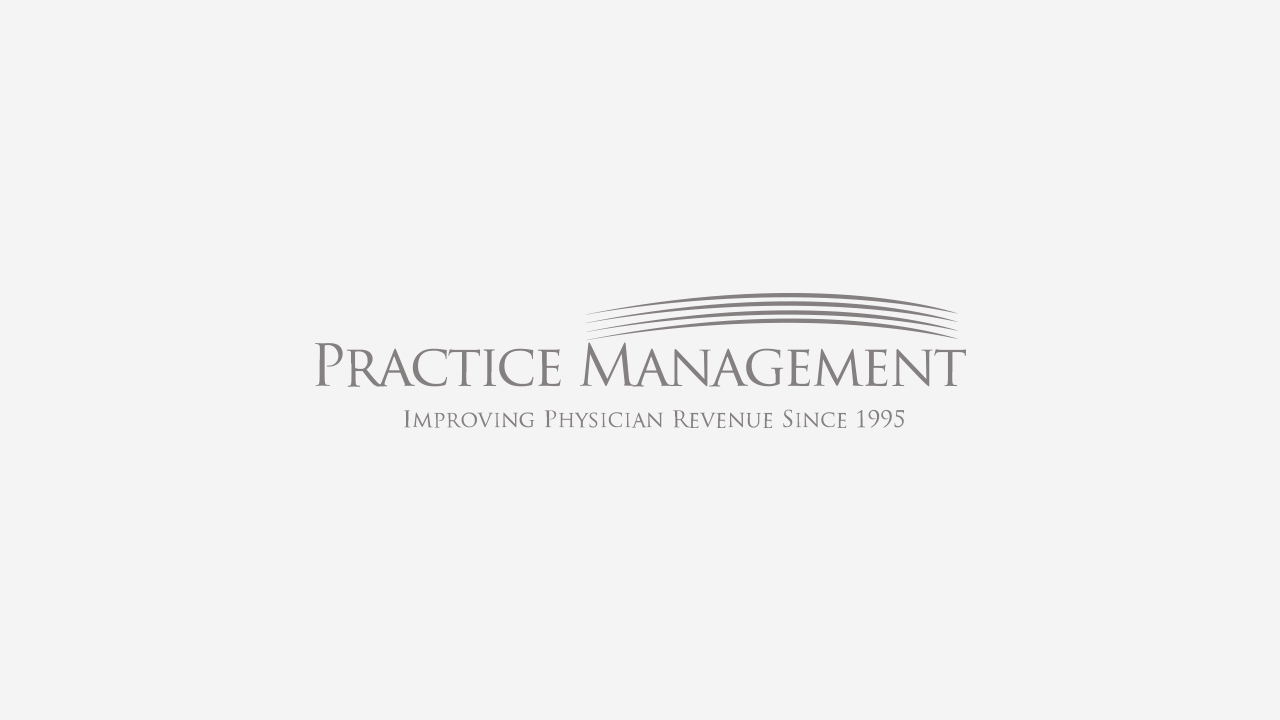
By John Zulaski, President, Practice Management
Collecting from patients is a difficult and frustrating process with medical debt often cited as the number one cause of personal bankruptcy. Successful in-house collection is problematic and often impossible. The problem frequently lies in the fact that patients simply have limited ability to pay. Financial demands on the average consumer bombard your patients constantly. While the patient may have had the $50 to pay you yesterday it may no longer be available today. Time is precious when it comes to collecting from patients.
Let’s face it; we live in a world where demands for consumer’s cash appear at every turn. U.S. marketing to consumers focuses on making life better; all you have to do is purchase the next product or service to get your trip to nirvana. On the other hand, medical bills are for services already provided often with negative connotations such as sickness, injury, and problems. After the rent, cable and cell phone bills are paid the stack of medical bills is considered. Healthcare organizations cannot compete with the demands for cash our society places on the average patient. If you do not collect when the patient is in the mood to pay, you risk not collecting at all.
With those barriers in place, we need to make it as easy as possible to collect from patients who may have the impulse to pay. We cannot put barriers up that make payment more difficult.
Every possible avenue for easy access to payment needs to be open. All major cards need to be accepted, electronic checks, cash, etc. Yes, you need to take AmEx, weigh the cost of service fees against the 85% or more loss if you don’t take the payment when the patient is in the mood. Payment methods need to be easily accessed with the fewest hurdles by phone, by web, or in person.
Easy Access
The “Pay My Bill” button on your website needs to be in a prominent position.
Figure out a way to accept web payments without having the patient set up a login.
Take payments from anyone offering. HIPAA should not throw a barrier up when the spouse who handles the bills wants to set up a payment plan for their partner.
Make sure all support staff can take an immediate payment when the patient makes the attempt.
Set simple policy for accepting payment plans, offer prompt pay discounts, and offer discounts to resolve very old balances.
Make the policy simple enough to give authority to as many staff as possible.
Get creative.
The cost of discounts and payment plans can be weighed against the loss of uncollectible debt. Could a 50% or 70% discount vs. 100% write-off be a better financial deal for the healthcare provider? Does it make sense to offer huge goodwill discounts on longstanding debt rather than fighting to the finish at a third party collection agency? Maybe… An open mind and open access are needed to address the most difficult area of healthcare finance.